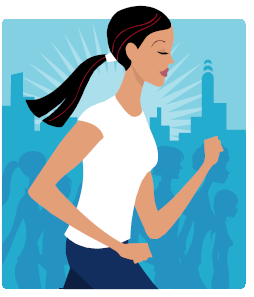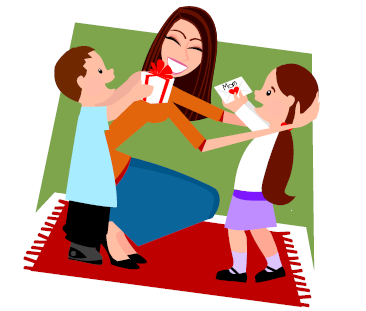The Allure: “What a Girl Wants but May Not Get!”
In most treatment programs, women make up more than half of the clients treated for Methamphetamine (Meth).1,2
Among other reasons, women are primary targets for Meth abuse because they are looking for high energy to sustain daily routines and thin bodies to look good. In one study, five times the percentage of females than males attributed initial Meth use to a desire to lose weight and more females than males reported using Meth to get more energy.2,3
Some of the “pleasurable” side effects that allure many women into using Meth initially and/or continuing to use include:4
- Higher energy levels
- More waking hours & alertness
- Less fatigue
- Smaller appetite
- Euphoria & rush
- Weight loss
- Boosted self-esteem
- Better body image

The Consequences: “What a Girl Gets but May Not Want!”
Though often allured by the “pleasurable” side effects, many women may also experience “unwanted” consequences, such as:
Short-Term Side Effects4
- Sleeplessness
- Irritability
- Extreme weight & muscle loss
- Confusions, delusions
- Acne, skin sores
- Anxiety & panic attacks
- Aggressive, violent behavior
Long-Term Health Impacts4
- Hair loss
- Teeth fall out
- Heart problems
- Brain damage
- Addiction
- Kidney, liver, lung damage
- HIV/STDs/AIDS
There may be additional impacts on children of substance abusers including unintended injuries, accidents and the passing along of undesirable, learned behaviors. The impact of treatment and relapse prevention is particularly important among women under correctional supervision since they are mothers of approximately 1.3 million minor children who themselves are seven times more likely to become incarcerated.1

The Alternative: “What Can a Healthy Lifestyle Do for Me?”
Replacing existing behaviors with a clean and sober lifestyle, smarter eating, more physical activity and a healthy body image may help individuals:
- Be more awake & alert
- Be less tired
- Have a smaller appetite
- Feel better (release of natural chemicals in the brain)
- Lose or maintain body fat
- Boost self-esteem
- Rebuild family & other important relationships
Practice: “Tackling my Issues! Developing a Personal Plan!”
What was the appeal that allured me to begin using or continue to use?
What new, healthy alternatives might have the greatest impact on my recovery plan?
How could I integrate these new, healthy behaviors into my family and serve as a better role model?
References
- US Dept Justice, Office of Justice Programs. Bureau of Justice Statistics, Special Report: Women Offenders. Publication No. NCJ 175688. Printed December 1999. Revised October 2000. Women Offenders.
- Substance Abuse and Mental Health Services Administration, Office of Applied Studies. Treatment Episode Data Set (TEDS): 1994-2004. National Admissions to Substance Abuse Treatment Services, DASIS Series: S-31, DHHS Publication No. (SMA) 06-4140, Rockville, MD, 2006.
- Brecht, M.L. et al, “Methamphetamine use behaviors and gender differences” Addictive Behaviors 29 (2004) 89-106
- National Institute on Drug Abuse. Methamphetamine: Abuse and Addiction. NIH Publication No. 06- 4210. Printed April 1998, Reprinted January 2002. Revised September 2006. Methamphetamine Research Report.


